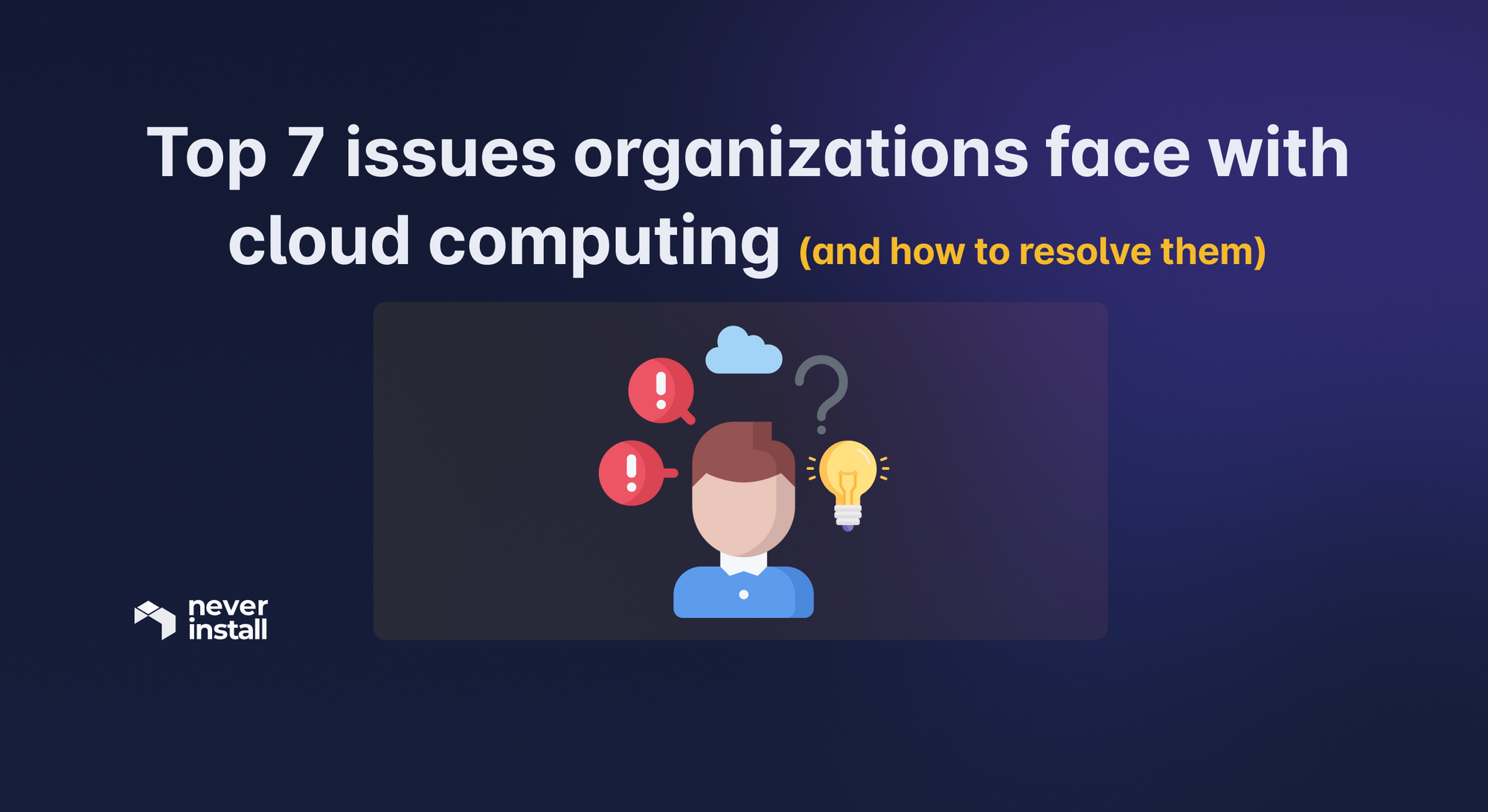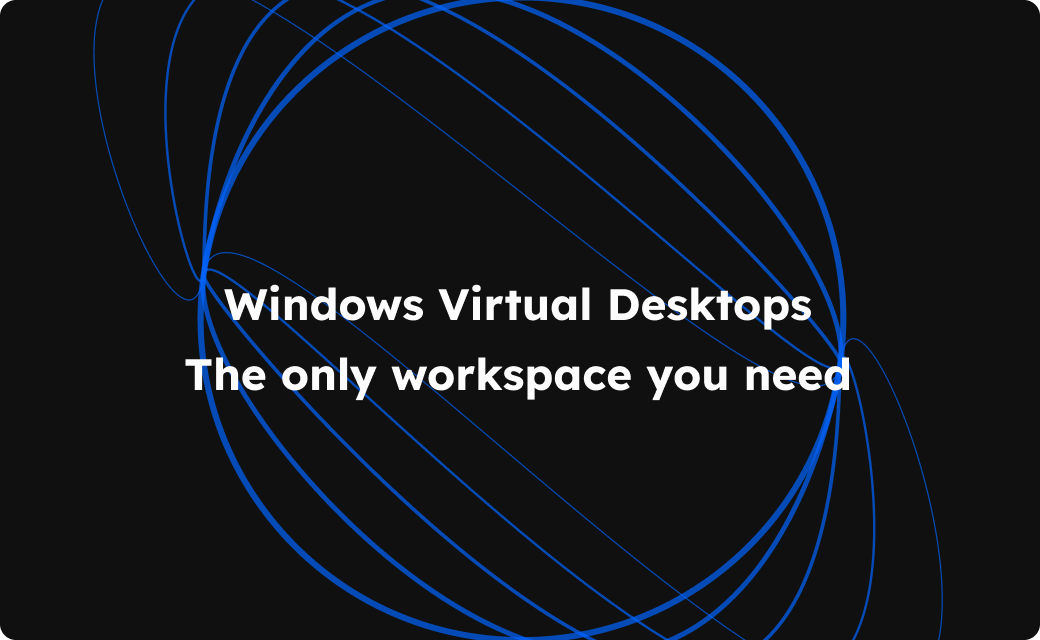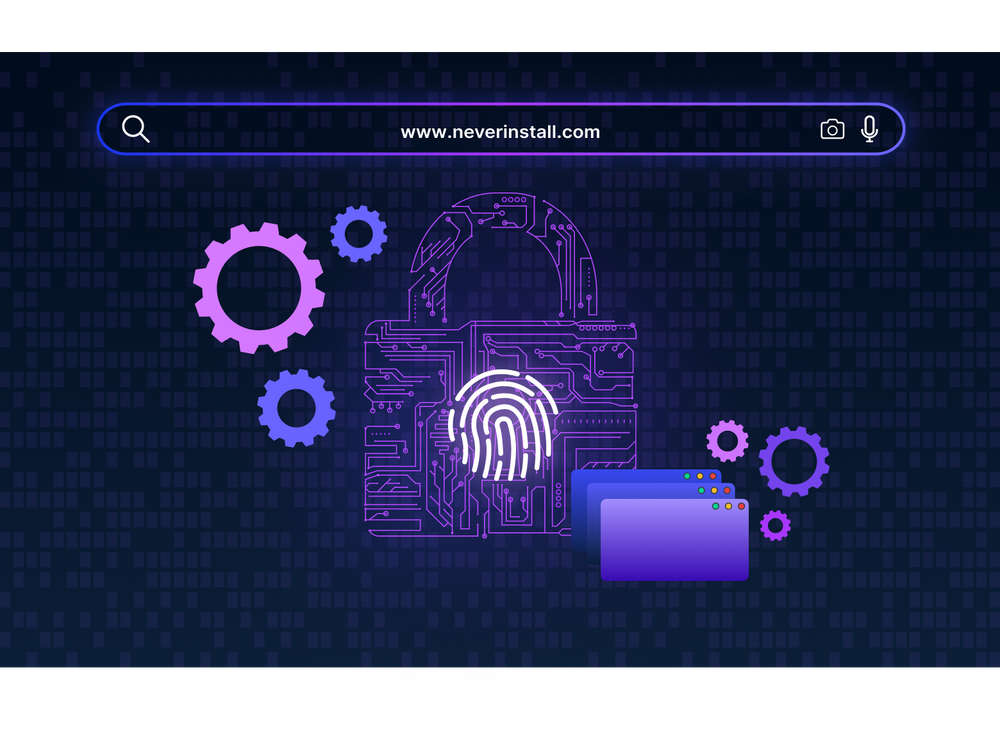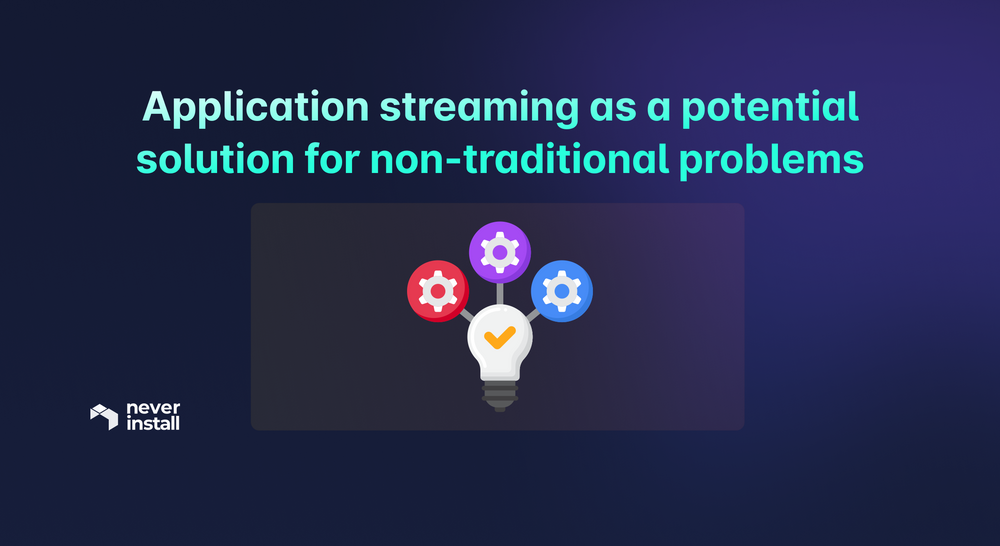Organizations across the globe are rapidly adopting cloud technologies, however, the shift from on-premises machines still has a long way to go. Although cloud transformation seems like the logical next step, apprehensions exist in the market when it comes to full-scale adoption.
Even when more than 70% of all organizations worldwide accept the cloud for meaningful use cases, several issues persist in the ecosystem. In this article, we discuss these issues and viable solutions to help you accelerate cloud adoption for your organization.
The clout of the cloud
Traditional systems are increasingly acting as a limitation to scalability and flexibility due to the complexities of enterprise data and applications. In addition, the continuous care that on-premises systems require adds another layer of inconvenience and cost. However, capital expenditure does not dictate the move to the cloud.
Cloud adoption is an enabler of technological advancements and improved efficiency within organizations. The cloud facilitates on-demand infrastructure and allows teams to get the resources they need at their whim, without jumping hoops. Further, the future-ready solution allows companies to adopt the latest technologies almost instantaneously without the need to upgrade existing systems.
The sum of all things cloud is faster product development, accelerated growth, and on-demand scalability to achieve peak efficiency and business sustainability.
However, organizations still have apprehensions about the promise of the cloud and often experience issues with cloud infrastructure, preventing full-scale adoption. While some issues are cropped out of myths about the industry, others are legitimate concerns that organizations need to address. Here we discuss the most prominent issues with cloud computing and how organizations can resolve them.
Privacy
Issues
As organizations store their data on providers’ servers, concerns arise about the protection and confidentiality of the information. A primary driver of such concern is doubts about the transparency of the provider around their preparedness and policies. Since the process of auditing and monitoring data stored with providers is complicated, the veracity of the privacy policy of cloud vendors comes into question.
Solutions
While addressing privacy concerns in the cloud, a good place to start is to look for an ideal provider with transparent policies, flexible audit regimes, and detailed SLAs. Further, make data encryption a priority and establish checks to verify privileges during updates.
Suggested read - For your eyes only: Data Privacy with Neverinstall
Security
Issues
With incidents of data breaches increasing rapidly, especially with threat actors increasingly targeting the cloud for extracting sensitive information, there exists a tangible risk while moving data and applications to the cloud. Additionally, as data enters the cloud and enables access through the internet, it is exposed to a larger number of potential attackers, attempting to gain unauthorized access or damage without entering any physical premises.
Solutions
As easy as it seems, maliciously accessing data over the cloud is significantly more difficult than enterprising a room full of physical servers. Since cloud servers are located in highly secure and classified environments, locating the source of the data is a new challenge for attackers. Further, next-generation encryption technologies have helped cloud providers deliver the best cybersecurity solutions across their entire clientele without requiring clients to develop their own protocols and policies.
Business Continuity
Issues
Downtime is a nightmare for any organization, leading to a loss in leads, revenues, and goodwill. Therefore, when moving to the cloud, organizations often worry about failing servers and poor connections that may result in downtime on their platform. Traditional on-premises machines are often touted for their reliability and compared to the cloud where system reliability works in tandem with the provider's performance. However, if the cloud provider sustains damages, clients face the brunt of it with little control of the situation.
Solutions
When migrating to the cloud, organizations must carefully develop a BCDR (business continuity and disaster recovery) strategy. One of the first places to start with BCDR is to create multiple regular backups across several locations or providers. Fortunately, most cloud providers already have BCDR protocols and often create data backups for you to ensure maximum uptime and instant recovery.
Management
Issues
Cloud management is often a challenge for organizations, especially for late adopters. Moving from traditional systems to an advanced cloud-based regime can be a demanding and challenging process for organizations, creating gaps in knowledge, hindered efficiency, and temporary halts to growth efforts.
Solutions
Unlike traditional systems which require regular retraining, changes in policies, and changes in organizational culture, the cloud requires only singular effort. Further, enterprises can easily manage the cloud with the help of managed network providers or managed service providers who deliver expert solutions to understand and handle everything cloud.
Cost containment
Issues
A common fear amongst cloud adopters is cost overruns. However, organizations often face cost containment issues due to improper gauging of their requirements, inaccurately measuring scaling needs, inefficiently utilizing existing resources, and several other reasons. Evidently, the cost-benefit does not appeal to teams in such a case when migrating from traditional systems.
Solutions
When adopting the cloud, you need to plan for capacity and get granular data on your actual needs. Although cost overruns occur, the cloud still trumps traditional systems (which offer limited scalability and are highly inefficient at properly provisioning resources) when calculating the total cost of ownership.
Suggested read - How application streaming saves resources for businesses
Migration
Issues
Organizations operating on-premises have created and deployed their applications on traditional systems. Moreover, applications created with traditional are typically monolithic, unlike the adaptive nature of cloud-native applications. Therefore, migration becomes a challenge when attempting to replicate an on-premises environment since applications do not suit a cloud-native environment.
Solutions
The key to a successful migration is a comprehensive migration strategy. When migrating to the cloud, a simple pick-and-drop does not work for applications. Therefore, applications must be moved in a phased manner with due testing before deployment. Furthermore, since such apps are built for static environments, you need to reconfigure them to work seamlessly in a cloud-native environment.
Performance
Issues
Enterprises often have apprehensions about the performance of applications in cloud environments. These issues are typically borne out of concerns about latency. While on-premises machines react to inputs in real-time, the lag between sending and receiving information over the cloud damages the pace and efficiency of operations as well as user experience.
Solutions
Cloud environments are becoming increasingly snappy. Especially with internet speeds touching new heights every few years (having a direct impact on latency), cloud systems are getting closer to native every year. Further, newer technologies such as WebRTC allow organizations to send and receive data faster and more efficiently, bypassing internet bandwidth by optimizing the data feed for better performance.
Suggested read - Familiar in the Cloud: Streaming the native desktop experience to your browser
Final thoughts
The cloud opens up myriad opportunities for organizations in virtually every industry. And although apprehensions about adopting any new technology are fairly valid, we created this guide to help you understand how to find your way with the cloud. At Neverinstall, we are working on exciting new technologies to bring a native desktop computing experience through a personal cloud computer, solving several industry challenges and bringing a fundamental change in how organizations leverage computing.
Experience cloud-native desktop-class applications through your browser with Neverinstall. Get some Space now!







